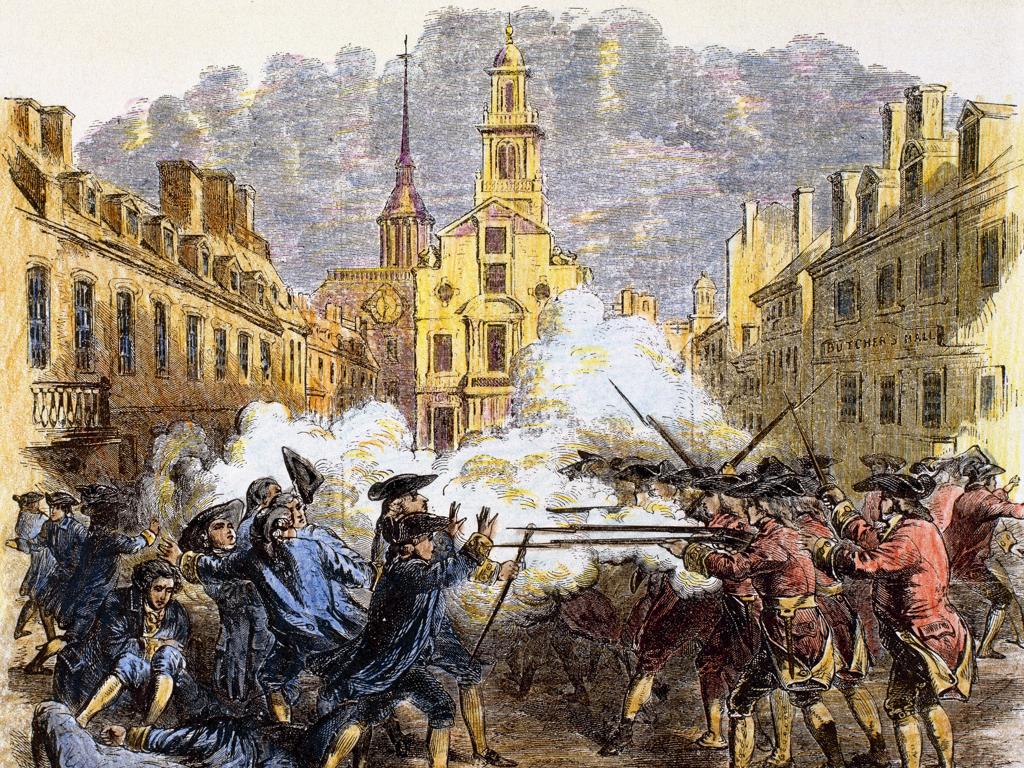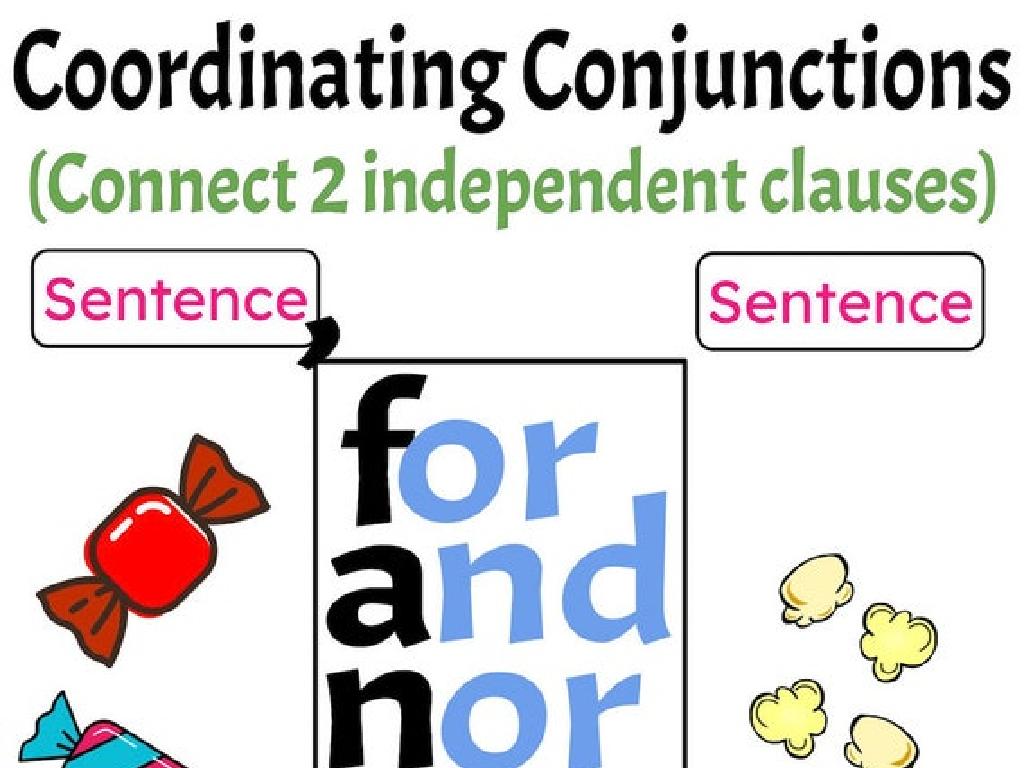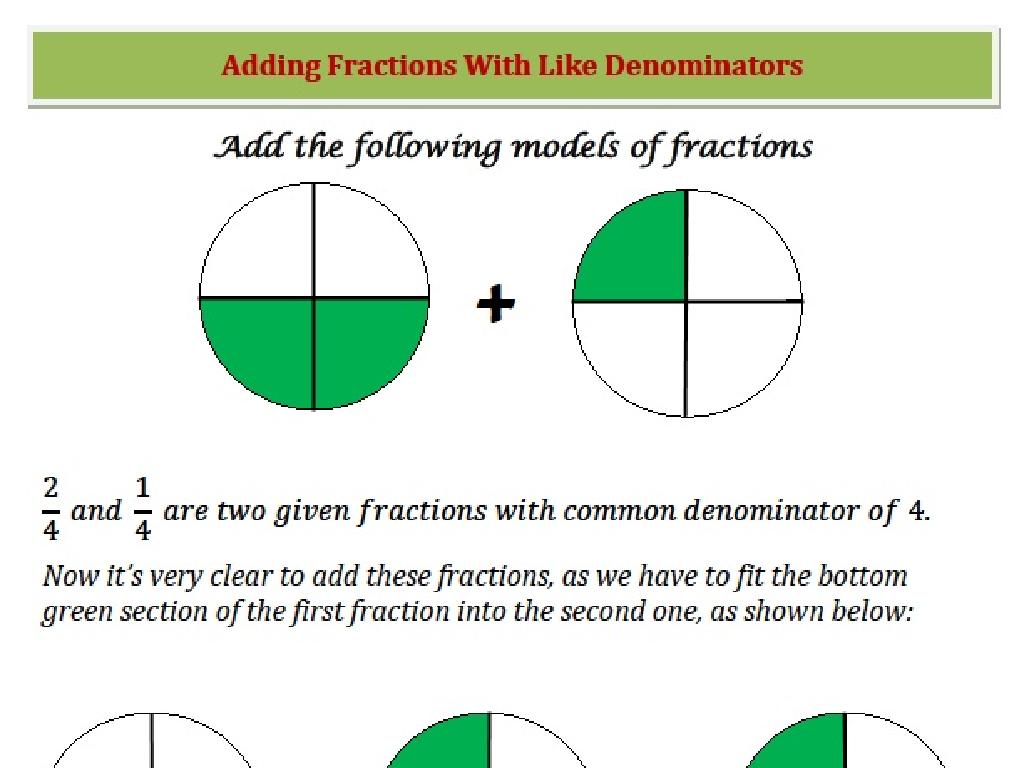Name Countries Of Oceania
Subject: Social studies
Grade: Sixth grade
Topic: Oceania: Geography
Please LOG IN to download the presentation. Access is available to registered users only.
View More Content
Exploring Oceania’s Geography
– Oceania’s diverse geography
– Consists of islands in the Pacific Ocean
– Continents vs. regions
– Oceania is a region, not a continent like Asia or Africa
– Oceania’s uniqueness
– Home to both the smallest country (Nauru) and the largest ocean
– Engage with Oceania’s map
|
This slide introduces students to the geography of Oceania, a vast region in the Pacific Ocean known for its diverse array of islands. Unlike continents, which are large, continuous masses of land, Oceania is a region made up of island nations and territories. Highlight Oceania’s unique aspects, such as containing the smallest country in the world, Nauru, and being surrounded by the largest ocean. Encourage students to look at a map of Oceania to familiarize themselves with its geography and to understand the concept of regions in contrast to continents. This will set the foundation for learning about the individual countries within Oceania.
Exploring Oceania
– Oceania defined
– A vast region including Australasia, Melanesia, Micronesia, and Polynesia.
– Cultural and natural diversity
– Home to unique traditions, languages, and ecosystems.
– Oceania on the world map
– Located in the Pacific Ocean, east of Asia and Australia.
– Significance in global geography
|
This slide introduces students to the concept of Oceania, a region that is not always clearly defined in geography. It’s important to highlight that Oceania encompasses a variety of islands and countries, each with its own distinct cultures and natural environments. Emphasize the diversity found within this region, from the languages spoken to the wildlife and landscapes. Show Oceania’s location on a world map to give students a sense of its place in relation to the continents they are more familiar with. Discuss its significance in terms of global geography, touching on aspects like climate, biodiversity, and cultural heritage. This will set the stage for a deeper dive into the individual countries that make up Oceania in subsequent lessons.
Exploring the Countries of Oceania
– Oceania’s diverse nations
– 14 countries including Australia, Fiji, and Samoa
– Overview of each country
– Learn about capitals, cultures, and landscapes
– Comparing size and population
– Smallest is Nauru; largest is Australia. Varied populations.
– Oceania on the globe
|
This slide aims to introduce students to the countries of Oceania, their diversity, and their unique characteristics. Start by listing the countries and showing their location on a map. Provide a brief overview of each, including the capital city, cultural highlights, and significant geographical features. Discuss how the size and population of these countries vary greatly, from the vastness of Australia to the small island nation of Nauru. Use visual aids like maps or flags to help students associate each country with its geographical identity. Encourage students to think about how the size and population might affect the culture and lifestyle in each country.
Australia: The Land Down Under
– Explore Australia’s geography
– Home to diverse landscapes and major cities like Sydney and Melbourne
– Discover unique wildlife
– Kangaroos and koalas are part of Australia’s unique wildlife
– Learn about ecosystems
– Great Barrier Reef and Outback showcase varied ecosystems
– Understand cultural significance
– Indigenous peoples like the Aboriginal Australians have a rich cultural history
|
This slide introduces students to Australia, the largest country in Oceania. Emphasize the vastness of Australia’s geography, including its major cities, deserts, and coastal regions. Highlight the unique wildlife, such as kangaroos and koalas, which are native to Australia and not found naturally anywhere else in the world. Discuss the importance of ecosystems like the Great Barrier Reef and the Outback. Lastly, touch on the cultural significance of Australia, including the history and contributions of indigenous peoples such as the Aboriginal Australians. Encourage students to think about how geography can shape the culture and wildlife of a region. Provide a map for visual reference and consider showing a short video clip to bring the content to life.
Exploring the Pacific Islands of Oceania
– Oceania’s three subregions
– Melanesia, Micronesia, and Polynesia each have unique characteristics.
– Major islands and key facts
– Learn about Australia, New Zealand, Papua New Guinea, and Fiji among others.
– Cultural highlights of Oceania
– Discover traditions, languages, and arts from the diverse cultures.
– Natural wonders in the Pacific
– Explore the Great Barrier Reef, volcanoes, and pristine beaches.
|
This slide introduces students to the vast and diverse region of Oceania, focusing on the three subregions of Melanesia, Micronesia, and Polynesia. Each subregion has distinct cultural and geographical features. Highlight key facts about major islands such as population, size, and geographical location. Discuss the rich cultural heritage, including traditional dances, languages, and crafts that make these islands unique. Emphasize the breathtaking natural landscapes, such as the Great Barrier Reef and the numerous volcanic islands. Encourage students to think about the importance of preserving both the cultural traditions and natural environments of these regions.
New Zealand: The Land of the Long White Cloud
– Geography of North & South Islands
– Two main islands with diverse landscapes, from beaches to mountains.
– Maori culture and heritage
– Indigenous Polynesian people of NZ, known for the Haka dance and rich traditions.
– New Zealand’s global contributions
– NZ is known for its agricultural products, film locations, and environmental leadership.
|
This slide introduces students to New Zealand, a prominent country in Oceania. Emphasize the geographical diversity of New Zealand’s North and South Islands, including its volcanoes, fjords, and unique wildlife. Discuss the Maori culture, which is integral to New Zealand’s identity, highlighting their customs, language, and the Haka dance. Also, touch on New Zealand’s contributions to the world, such as its high-quality dairy products, the filming of famous movies like ‘The Lord of the Rings’, and its efforts in preserving the natural environment. Encourage students to explore more about New Zealand’s role in global ecology and economy.
Map Activity: Locating Countries in Oceania
– Engage with an interactive map
– Locate and label Oceania’s countries
– Find countries like Australia, Fiji, and Samoa
– Discuss each country’s relative location
– Where are they in relation to each other?
– Understand Oceania’s geography
– Learn about the Pacific region’s layout
|
This slide introduces an interactive map activity aimed at helping students identify and label the countries of Oceania. Provide a map to each student or work in groups for collaborative learning. Students should use the map to find countries such as Australia, New Zealand, Papua New Guinea, Fiji, and Samoa, among others. Encourage them to discuss the relative location of these countries in terms of direction (north, south, east, west) and proximity to each other and to major bodies of water. This activity will help students visualize where each country is situated within the region and understand the geographical layout of Oceania. Possible activities include pinning flags on the countries, coloring the map, or creating a fact sheet for each country with its location details.
Class Activity: Exploring Oceania
– Form small research groups
– Each group picks an Oceania country
– Examples: Fiji, Samoa, Vanuatu, etc.
– Investigate geography and culture
– Look at maps, landscapes, and climate
– Discover and note interesting facts
– Find unique traditions or natural wonders
|
This activity is designed to engage students with the diverse countries of Oceania. Divide the class into groups of 3-4. Assign or let each group choose a different country from Oceania to research. Provide resources such as atlases, library access, or internet for groups to gather information. They should focus on the country’s geography, including its location, climate, and physical features, as well as cultural aspects like language, customs, and cuisine. Encourage them to look for unique or surprising facts to share. Each group will prepare a short presentation for the class in the next session. Possible activities: creating a travel brochure, a cultural fact sheet, or a mini-exhibit with visuals and artifacts.
Oceania Explored: Conclusion & Recap
– Review Oceania’s countries
– 14 countries including Australia, Fiji, and Samoa
– Celebrate regional diversity
– Cultures, languages, and ecosystems vary greatly
– Admire Oceania’s beauty
– From Australia’s Great Barrier Reef to Fiji’s turquoise waters
– Encourage further exploration
– Use library or internet to discover more about Oceania
|
As we wrap up our journey through Oceania, revisit the list of countries and their unique characteristics. Emphasize the region’s cultural and ecological diversity, from the vast deserts of Australia to the lush rainforests of Papua New Guinea. Highlight the stunning natural beauty, such as the pristine beaches and coral reefs that make Oceania a place of wonder. Encourage students to continue learning about these countries, their histories, and their peoples. Suggest they use additional resources like the school library or educational websites to delve deeper into the aspects of Oceania that piqued their interest.
Homework: Explore Oceania’s Countries
– Write about your favorite Oceania country
– Include three fascinating facts
– Facts could be about culture, landmarks, or history
– Explain why it captivates you
– Share personal reasons or connections
– Share your paragraph next class
|
This homework assignment encourages students to engage with the geography of Oceania by researching and writing about a country that interests them. They should look for unique cultural aspects, historical facts, or natural landmarks that make their chosen country stand out. The goal is to foster a personal connection with the region and enhance their understanding of its diversity. In the next class, students will have the opportunity to share their paragraphs, which will help them practice public speaking and learn from each other’s insights.





